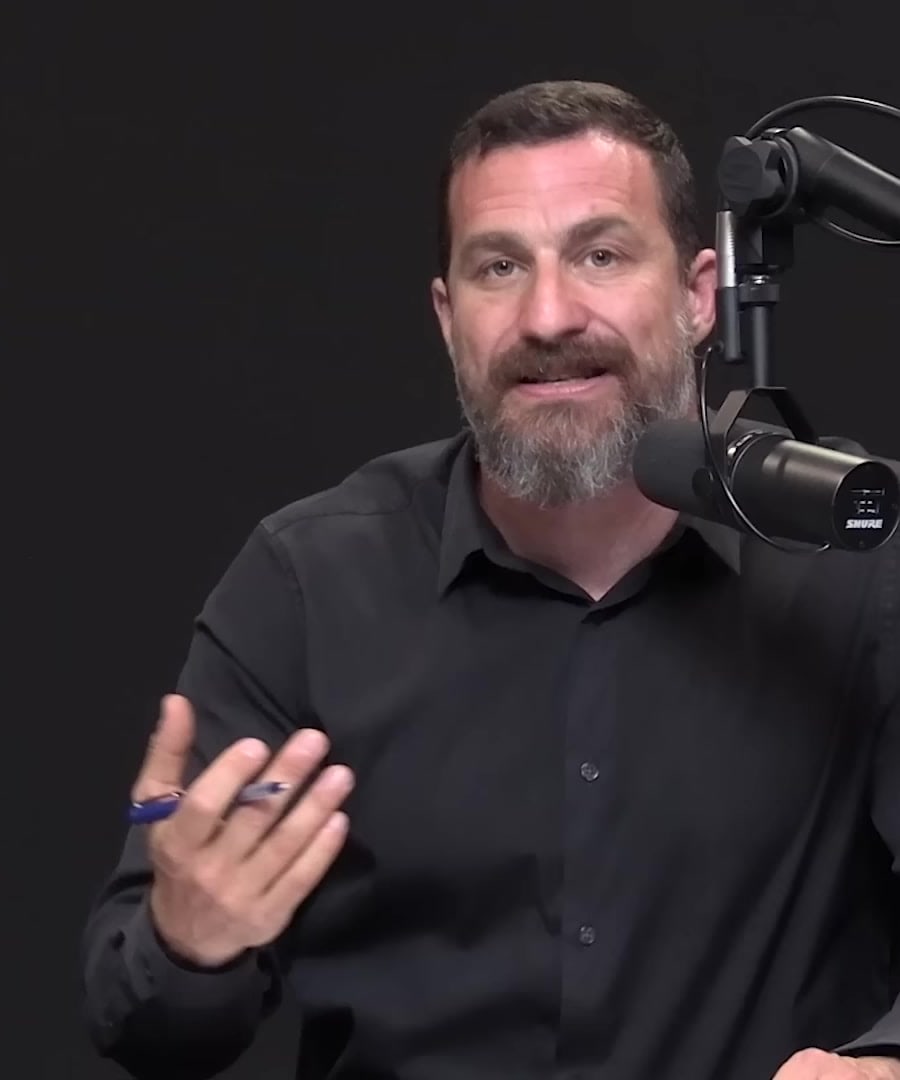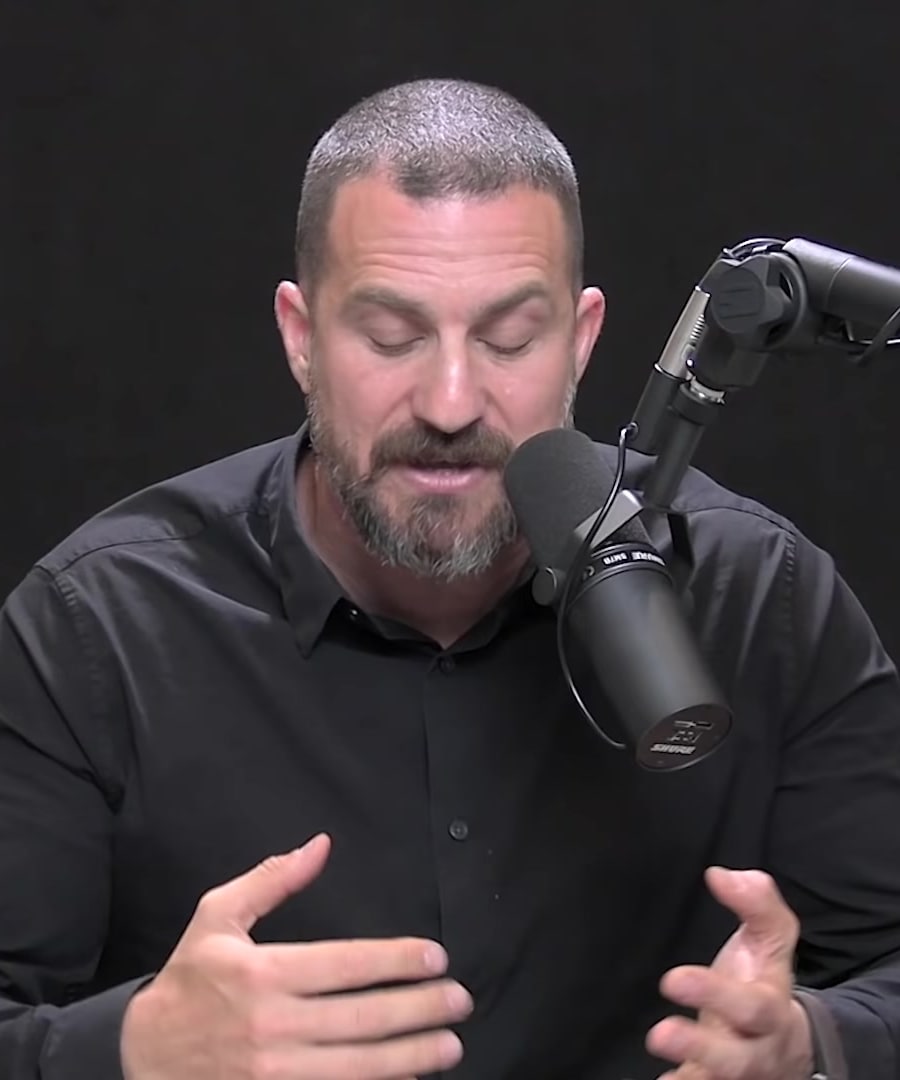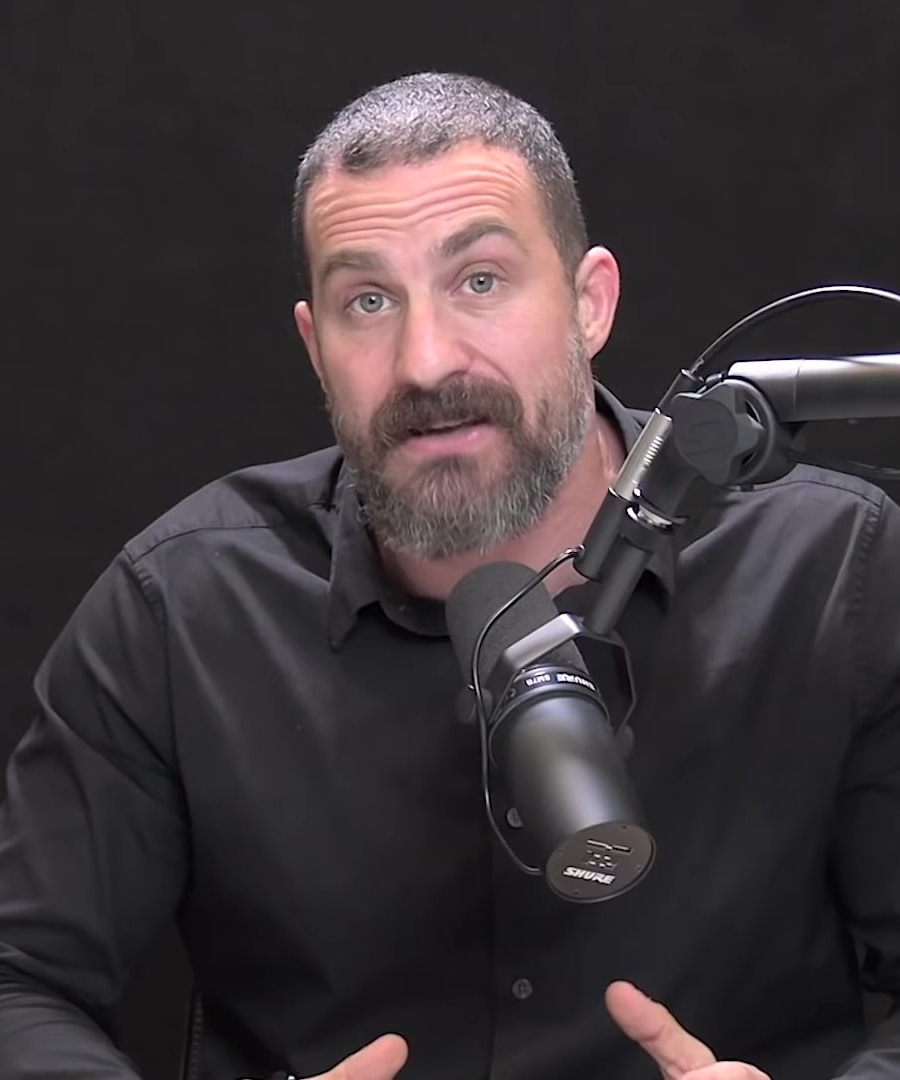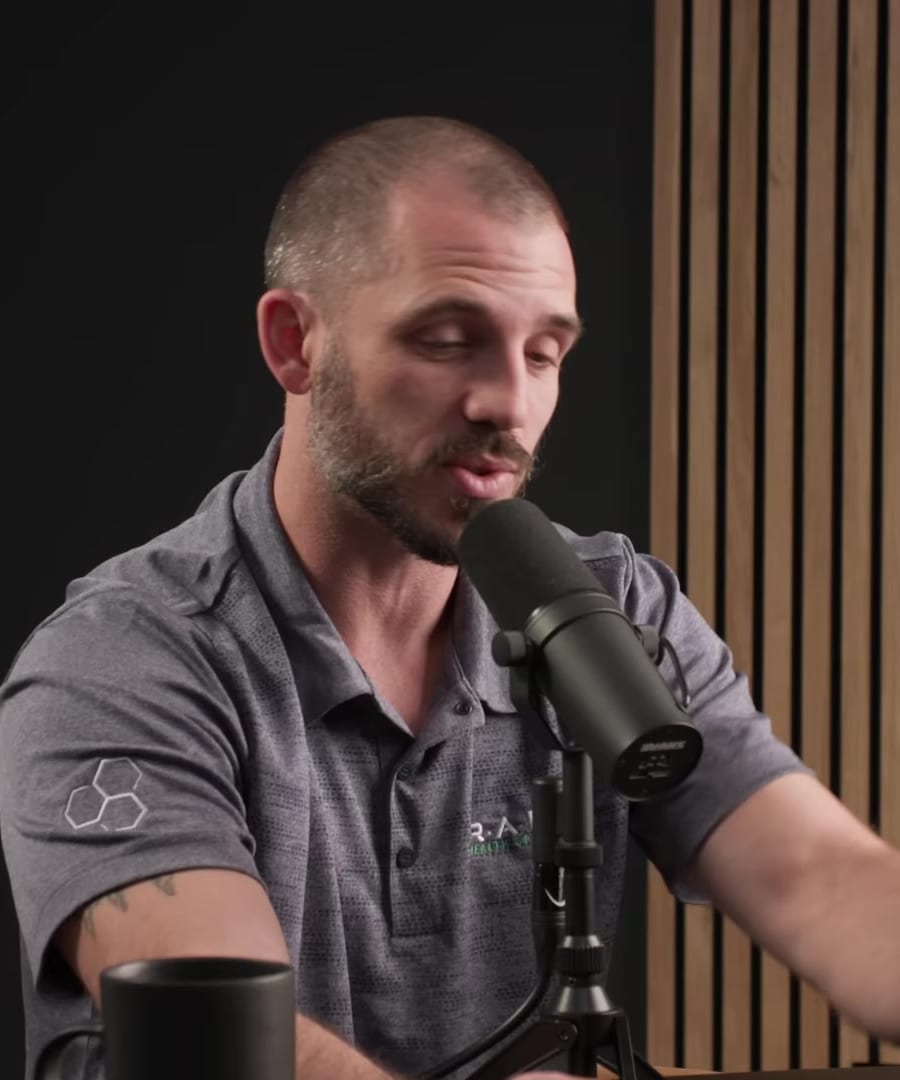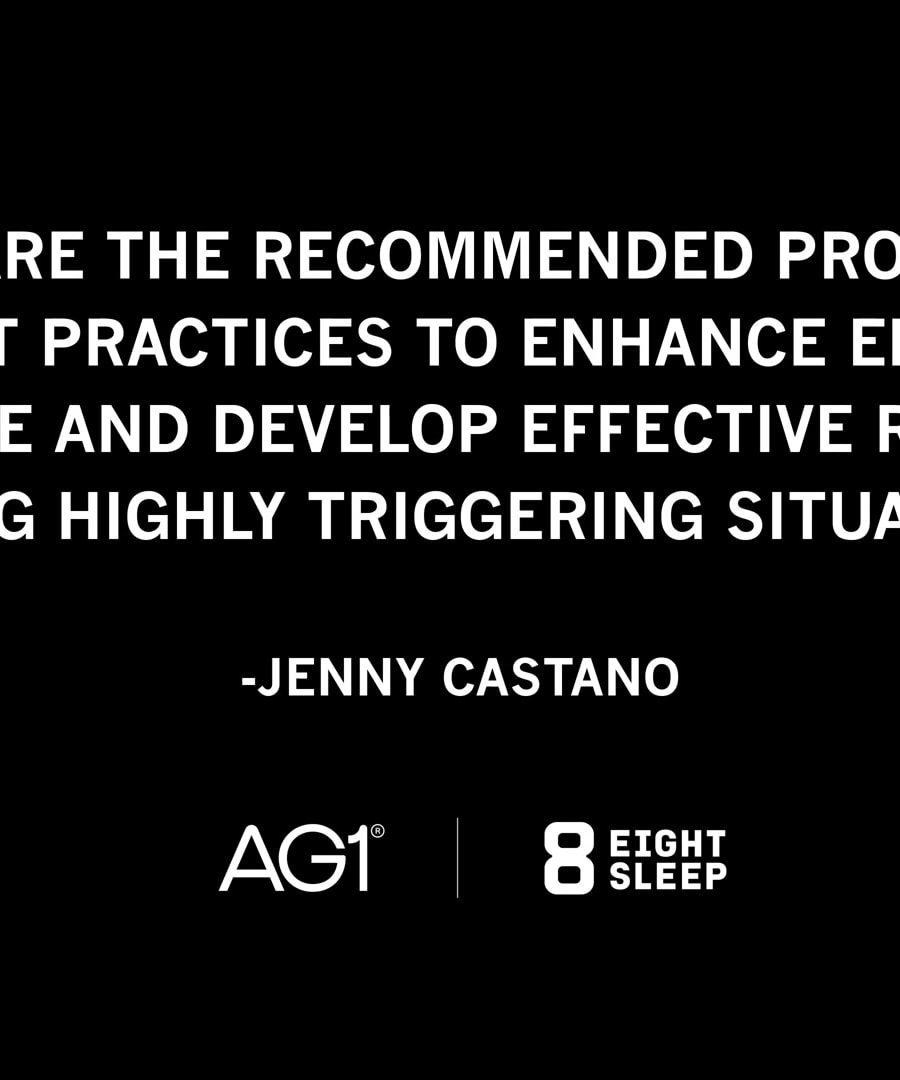how to make yourself to do something?
Sources:
To make yourself do something, particularly when dealing with procrastination, suggests employing techniques that can help transition you from an unmotivated state to a more motivated one. Some of the key strategies he discusses include:
- Engaging in an activity that is more effortful than your current state, even if it's painful, such as a cold shower or cold immersion, which can help rebound you out of a dopamine trough quickly and back into a motivated state 1.
- Utilizing the feeling of pain as a motivational tool to get out of the dopamine trough that accompanies a lack of motivation or procrastination 2.
- Taking deliberate cold exposure like a cold shower or ice bath if procrastinating on something you need to do, as the discomfort can help you recover from the unmotivated state faster 2.
- Considering the two types of procrastinators: one who enjoys the stress of an impending deadline and one who does not release enough dopamine. Different strategies like superoxygenation breathing or Ltyrosine can be used to activate the system and increase motivation 3.
- Understanding the neuroscience behind motivation and leveraging your dopamine system to become more motivated and avoid procrastination. A classic experiment explained shows that rewards can significantly influence activity levels in children and similarly can be applied to adults aiming to achieve their goals 4.
- Working with random intermittent rewards as a form of reinforcement to maintain motivation over long periods and across various pursuits, not just task-specific action circuits but also the universal circuit for goal pursuit and achievement 5.
These insights can be used to develop a personal strategy for overcoming procrastination and boosting motivation towards accomplishing tasks or goals.
RELATED QUESTIONSWhat are some task management tools that could help with motivation?
has not specifically discussed task management tools for motivation on the . However, generally speaking, there are various task management tools that many people find helpful for improving productivity and motivation. These tools can range from simple to-do list apps to comprehensive project management software. Some popular examples include:
- Asana: for organizing tasks, setting deadlines, and tracking progress on projects.
- Trello: utilizes boards and cards to manage tasks visually, which can help prioritize and organize work.
- Todoist: a straightforward to-do list platform that helps with setting daily tasks and priorities.
Remember, the best tool is one that fits your workflow and preferences, helps you prioritize your tasks effectively, and encourages you to stick with your goals. Pairing such tools with the behavioral techniques suggested by may further help in enhancing motivation and task completion.
RELATED QUESTIONSWhat are some productivity strategies?
Sources:
has shared some productivity strategies on the . Here are a couple of insights into his approach:
-
Strict Email Management: He mentioned the technique used by Professor Kay Tye, which involves checking emails only once a week to prevent over-committing and maintain mental clarity. This allows for more focused and creative work, as continuously responding to emails can lead to a fragmented attention span 1.
-
Deadline Adherence: stresses the importance of meeting deadlines, whether through starting early or cramming if necessary. He acknowledges that sometimes deadlines are missed, but the commitment to meet them is a key part of productivity 2.
-
Research Rigor: When preparing for his podcast episodes, he conducts thorough research, ensuring he finds the best papers, consults with other experts, and understands the implications of the science discussed. This level of preparation likely contributes to his effectiveness in communicating complex topics 2.
It's worth noting that productivity strategies are highly individual, and the ones that work well for or his guests might not necessarily be the best fit for everyone. It's helpful to try different techniques and find what best supports your personal workflow and responsibilities.
RELATED QUESTIONS-
How to optimally combine working full time, family and additional online course?
Sources:
Balancing a full-time job, family commitments, and an additional online course can be challenging, and while there is not a direct clip addressing this exact situation from the , insights from related concepts can be applied:
-
Optimize Workflow: suggests using focused work periods, such as 90-minute blocks, to increase productivity. During this time, eliminate distractions by using apps to block internet access and maintain strict boundaries against interruptions 1.
-
Manage Interruptions: To reduce the impact of interruptions on focus, Huberman shares a method used by his graduate advisor. When interrupted, acknowledge the person but do not shift your full attention away from the task. This helps minimize the time needed to re-engage your focus 2.
-
Prioritize and Allocate Resources: Dr. Andy Galpin recommends using the quadrant system to distribute your resources across business, relationships, fitness, and recovery. This helps you understand where to focus your energy based on current priorities 3.
-
Maintain Consistency: If possible, maintain consistent schedules for work and family activities. For instance, keeping consistent schedules, particularly for sleep, is important for shift workers and may apply to other aspects of life to maintain balance 4.
By applying these strategies and making adjustments based on the specific demands of your job, family, and studies, you may find a balance that allows you to manage all these responsibilities effectively. Always remember to take an honest inventory of your life to ensure you're allocating your energy and time to the things that matter most to you.
RELATED QUESTIONS-
What is best time for learning?
It appears that there is no specific discussion from the directly addressing the best time for learning. However, general principles on cognitive performance and neurobiology discussed by can shed light on this topic.
Cognitive performance can be influenced by time of day, sleep patterns, and individual circadian rhythms. emphasizes the importance of consistent sleep schedules and getting enough sleep to maintain optimal brain function, which indirectly affects learning capacities 1.
Finding your personal peak cognitive times might involve self-experimentation. You can track your focus, energy levels, and performance throughout the day to identify patterns that indicate your most effective learning times. Remember to maintain healthy sleep and stress management practices, as these have a significant impact on cognitive performance and learning ability.
RELATED QUESTIONSHow to rest more effictevly and be more hardy?
Sources:
To rest more effectively and increase hardiness, which relates to emotional resilience, suggests that the key to handling highly triggering situations is through consistent self-care practices and understanding one's nervous system and psychology. Good self-care doesn't just mean massages or exercise, it also involves ensuring the nervous system is prepared for daily activities. Morning routines and practices can significantly contribute to emotional resilience and help prevent being easily triggered 1.
Additionally, points out that getting comfortable with adrenaline in the system and ensuring good sleep both play a vital role. While good sleep renders one less reactive, stress can affect sleep quality, so managing stress outside of triggering situations is crucial. Physiological sighs, which involve taking a double inhale followed by an extended exhale, could help in real-time stress situations. Increasing resilience, therefore, is a process involving preparation through good physical and mental health practices away from triggering events 1.
RELATED QUESTIONSHow to quickly rest?
Currently, there is no specific data available from the discussing strategies for quickly resting. However, often emphasizes the importance of managing stress and enhancing rest through various strategies and has mentioned practices in general that promote relaxation, stress relief, and improved sleep which could be relevant to quickly achieving a state of rest. These include:
- Physiological Sighs: Doubling inhaling and then exhaling slowly can rapidly downregulate stress and promote a state of calm.
- Meditation and Mindfulness: Short sessions can help reset your stress levels and improve focus and relaxation.
- Focused Breathing: Techniques such as the 4-7-8 method can contribute to a relaxed state.
- Napping: A short nap of around 10-20 minutes might provide quick restoration if you are sleep-deprived.
To benefit from these techniques, practice them regularly so they can be quickly deployed when needed. Remember that individual results may vary, and it's essential to find what works best for your own schedule and lifestyle.
RELATED QUESTIONS
how to make yourself to do something?
- RELATED QUESTIONS
What are some task management tools that could help with motivation?
- RELATED QUESTIONS
What are some productivity strategies?
- RELATED QUESTIONS
How to optimally combine working full time, family and additional online course?
- RELATED QUESTIONS
What is best time for learning?
- RELATED QUESTIONS
How to rest more effictevly and be more hardy?
- RELATED QUESTIONS
How to quickly rest?
- RELATED QUESTIONS
